Male body anatomy organs. Male Reproductive System: 7 Key Organs and Their Functions
What are the main organs in the male reproductive system. How do these organs work together to produce sperm and facilitate reproduction. What role does each part play in male fertility and sexual function.
The Testes: Sperm Production Powerhouses
The testes, also known as testicles, are the primary reproductive organs in males. These oval-shaped glands have two crucial functions:
- Producing sperm cells
- Secreting testosterone, the primary male sex hormone
Located outside the body in the scrotum, the testes are kept at a temperature slightly lower than the core body temperature, which is optimal for sperm production. Each testis contains hundreds of tightly coiled tubes called seminiferous tubules, where sperm cells are continuously produced through the process of spermatogenesis.
How long does it take for sperm to fully develop? The entire process of sperm production takes about 64 to 72 days. Once mature, sperm cells move to the epididymis for storage and further maturation.
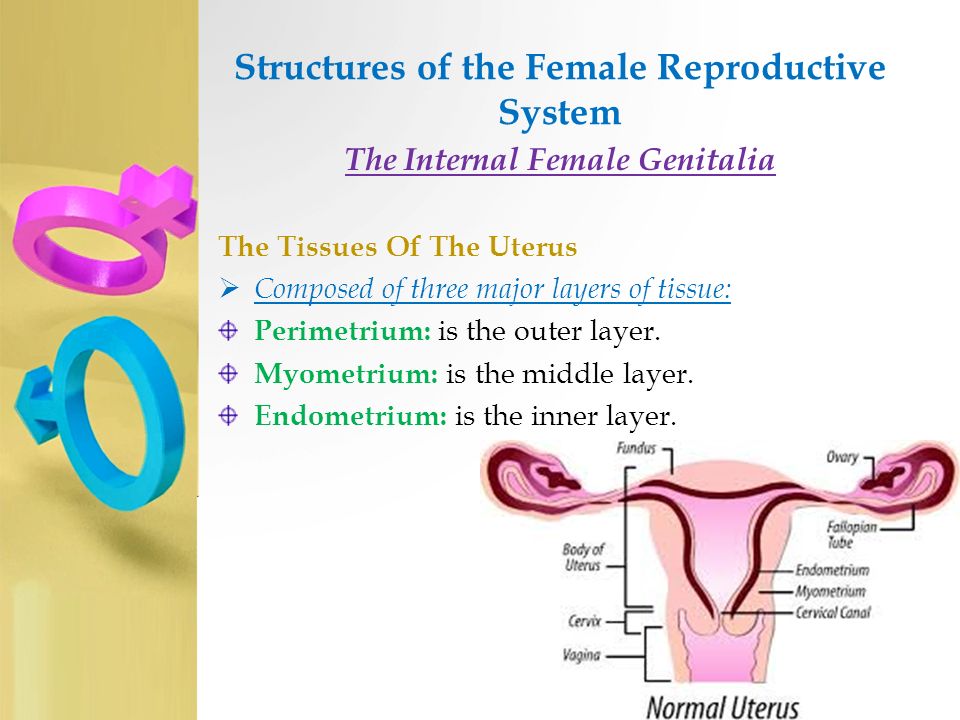
The Role of Testosterone
Testosterone, produced by specialized cells in the testes called Leydig cells, plays a vital role in:
- Development of male secondary sexual characteristics
- Maintaining muscle mass and bone density
- Regulating sex drive and erectile function
- Supporting sperm production
The Epididymis: Sperm Maturation and Storage
The epididymis is a highly coiled tube located on the back of each testicle. This organ serves two primary functions:
- Storing sperm cells
- Facilitating sperm maturation
As sperm cells travel through the epididymis, they undergo important changes that enable them to swim and fertilize an egg. This process takes about two weeks.
What happens to sperm that are not ejaculated? Sperm cells can survive in the epididymis for several weeks. Those not ejaculated are eventually reabsorbed by the body.
The Vas Deferens: Sperm Transport Highway
The vas deferens, also known as the ductus deferens, is a long, muscular tube that connects the epididymis to the urethra. Its primary function is to transport mature sperm from the epididymis to the urethra during ejaculation.

During sexual arousal, the smooth muscles in the vas deferens contract, propelling sperm towards the urethra. This tube also plays a role in mixing sperm with fluids from the seminal vesicles and prostate gland to form semen.
Vasectomy: A Closer Look
The vas deferens is the site of a vasectomy, a surgical procedure for male sterilization. During this procedure, the vas deferens is cut or blocked, preventing sperm from reaching the urethra. This method is highly effective but potentially reversible.
The Seminal Vesicles: Nourishing the Sperm
The seminal vesicles are a pair of glands located behind the bladder. These structures produce a fluid that makes up about 60-70% of the semen volume. The fluid from the seminal vesicles contains:
- Fructose, which provides energy for sperm
- Proteins and enzymes that support sperm function
- Prostaglandins, which may help sperm motility in the female reproductive tract
How does the fluid from the seminal vesicles benefit sperm? This nutrient-rich fluid helps nourish and protect sperm cells, increasing their chances of survival and successful fertilization.
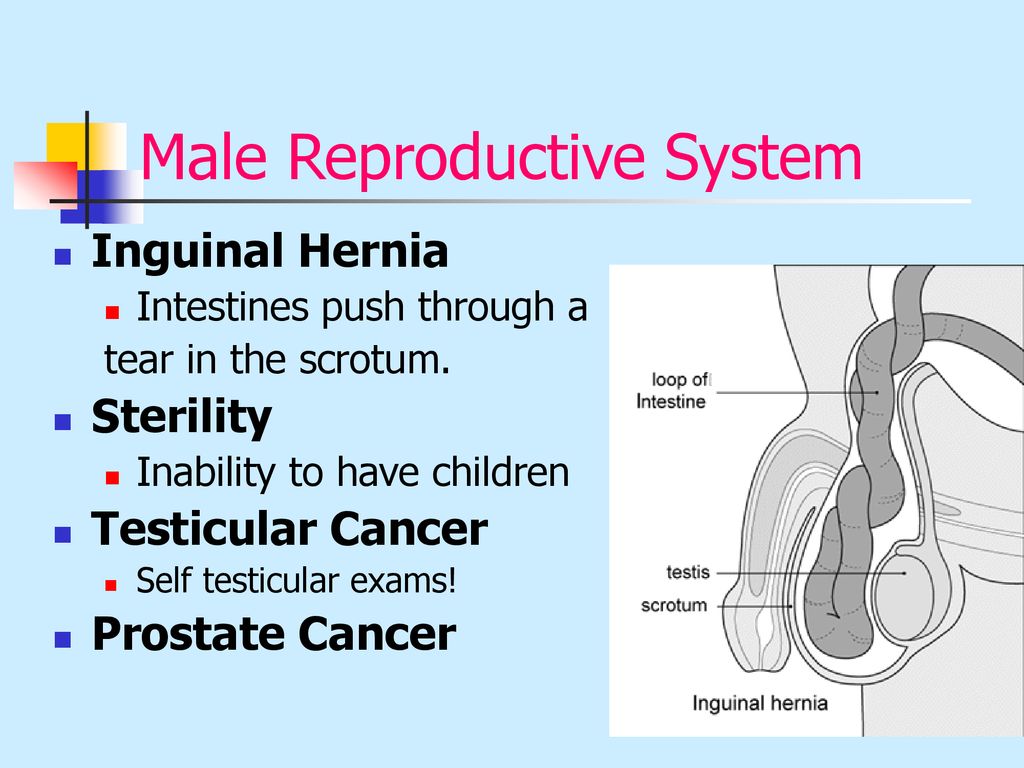
The Prostate Gland: The Semen Factory
The prostate is a walnut-sized gland located just below the bladder, surrounding the urethra. It produces a milky fluid that constitutes about 20-30% of the semen volume. This prostatic fluid contains various components that are crucial for sperm function and survival:
- Enzymes like prostate-specific antigen (PSA)
- Zinc, which helps stabilize sperm DNA
- Citric acid and other substances that help maintain proper pH balance
The prostate also contains smooth muscles that help expel semen during ejaculation. As men age, the prostate tends to enlarge, which can lead to urinary symptoms and other health concerns.
Prostate Health: A Key Concern for Men
Regular prostate examinations are crucial for men, especially as they age. Common prostate conditions include:
- Benign prostatic hyperplasia (BPH)
- Prostatitis
- Prostate cancer
What are some warning signs of prostate issues? Frequent urination, difficulty starting or stopping urination, weak urine flow, and pain or burning during urination can all be indicators of prostate problems.

The Bulbourethral Glands: Lubrication Specialists
The bulbourethral glands, also known as Cowper’s glands, are two pea-sized structures located below the prostate gland. These glands produce a clear, slippery fluid that serves several purposes:
- Lubricating the urethra before ejaculation
- Neutralizing any residual urine in the urethra
- Contributing a small amount to the overall semen volume
The fluid from the bulbourethral glands is released during sexual arousal, before ejaculation. This pre-ejaculate helps create a more favorable environment for sperm travel and may aid in sperm motility.
The Role of Pre-Ejaculate in Reproduction
While pre-ejaculate primarily serves as a lubricant, it’s important to note that it may contain sperm cells. This is particularly relevant for couples using the withdrawal method of contraception, as pregnancy can still occur even without full ejaculation.
The Penis: More Than Just an Reproductive Organ
The penis is the external male reproductive organ, serving both reproductive and urinary functions. Its structure consists of three main parts:
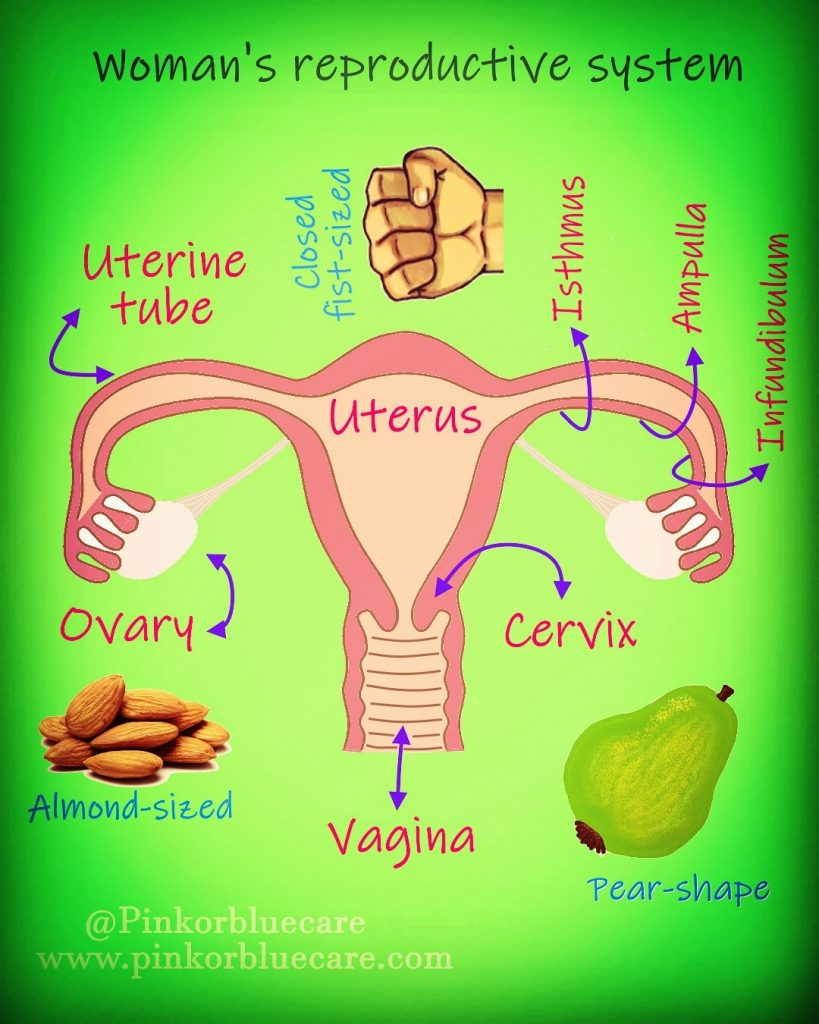
- The root, which attaches to the pelvic bone
- The shaft, the main visible portion
- The glans, or head of the penis
The penis contains erectile tissue that fills with blood during sexual arousal, causing an erection. This engorgement allows the penis to become firm and enter the vagina during sexual intercourse, facilitating the deposit of semen near the cervix.
Beyond Reproduction: The Urinary Function
The penis also houses the urethra, the tube through which both urine and semen pass. This dual function requires a sophisticated control mechanism to prevent mixing of these fluids.
How does the body prevent urination during sexual activity? During sexual arousal and ejaculation, the internal urethral sphincter closes tightly, preventing urine from entering the urethra.
The Urethra: The Final Passageway
The urethra is a tube that runs from the bladder through the penis, serving as the final passageway for both urine and semen. In males, the urethra is about 8 inches (20 cm) long and has three main sections:

- Prostatic urethra: Passes through the prostate gland
- Membranous urethra: A short segment passing through the pelvic floor muscles
- Penile (spongy) urethra: Runs through the length of the penis
During ejaculation, the urethra carries semen from the reproductive organs to the tip of the penis. The urethra’s dual function requires precise coordination to prevent mixing of urine and semen.
Urethral Health and Hygiene
Maintaining urethral health is crucial for both reproductive and urinary functions. Some common urethral issues include:
- Urethritis (inflammation of the urethra)
- Urethral strictures (narrowing of the urethra)
- Urinary tract infections (UTIs)
What can men do to maintain urethral health? Practicing good hygiene, staying hydrated, urinating after sexual activity, and avoiding irritants can help maintain urethral health.
The Intricate Dance of Male Reproduction
The male reproductive system is a complex network of organs and tissues working in harmony to produce, nourish, and deliver sperm cells. From the testes where sperm are produced to the penis through which they are ultimately delivered, each component plays a crucial role in the reproductive process.

Understanding the functions of these organs is not only important for reproductive health but also for overall male well-being. Regular check-ups, maintaining a healthy lifestyle, and being aware of potential issues can help ensure the optimal functioning of this vital system.
The Impact of Lifestyle on Male Reproductive Health
Various lifestyle factors can significantly influence male reproductive health:
- Diet and nutrition
- Exercise and physical activity
- Stress levels
- Alcohol consumption and smoking
- Environmental toxins
How can men optimize their reproductive health? Maintaining a balanced diet rich in antioxidants, exercising regularly, managing stress, limiting alcohol intake, avoiding smoking, and minimizing exposure to environmental toxins can all contribute to better reproductive health.
Hormonal Regulation of Male Reproduction
The male reproductive system is regulated by a complex interplay of hormones, primarily controlled by the hypothalamic-pituitary-gonadal (HPG) axis. Key hormones involved in this process include:

- Gonadotropin-releasing hormone (GnRH) from the hypothalamus
- Follicle-stimulating hormone (FSH) and luteinizing hormone (LH) from the pituitary gland
- Testosterone from the testes
These hormones work together to regulate sperm production, testosterone levels, and overall reproductive function. Any disruption in this delicate balance can lead to fertility issues or other reproductive health problems.
The Role of Testosterone in Male Health
Testosterone, often referred to as the male hormone, plays a crucial role not only in reproduction but also in overall male health. Its effects extend beyond sexual function to include:
- Muscle mass and strength
- Bone density
- Fat distribution
- Red blood cell production
- Mood and cognitive function
What happens when testosterone levels decline? As men age, testosterone levels naturally decrease, potentially leading to symptoms such as reduced libido, erectile dysfunction, decreased muscle mass, and mood changes. In some cases, hormone replacement therapy may be recommended.

Common Male Reproductive Health Issues
While the male reproductive system is remarkably resilient, it can be affected by various health issues. Some common conditions include:
- Erectile dysfunction (ED)
- Infertility
- Testicular cancer
- Prostate disorders
- Sexually transmitted infections (STIs)
Early detection and treatment of these conditions are crucial for maintaining reproductive health and overall well-being. Regular self-examinations and medical check-ups can help identify potential problems early.
Advances in Male Reproductive Health
Medical science continues to make strides in understanding and treating male reproductive health issues. Some recent advancements include:
- Improved diagnostic techniques for male infertility
- Novel treatments for erectile dysfunction
- Advanced surgical techniques for prostate cancer
- Development of male contraceptive methods
How are these advancements changing the landscape of male reproductive health? These innovations are providing more options for treating reproductive issues, improving quality of life, and giving men greater control over their reproductive choices.
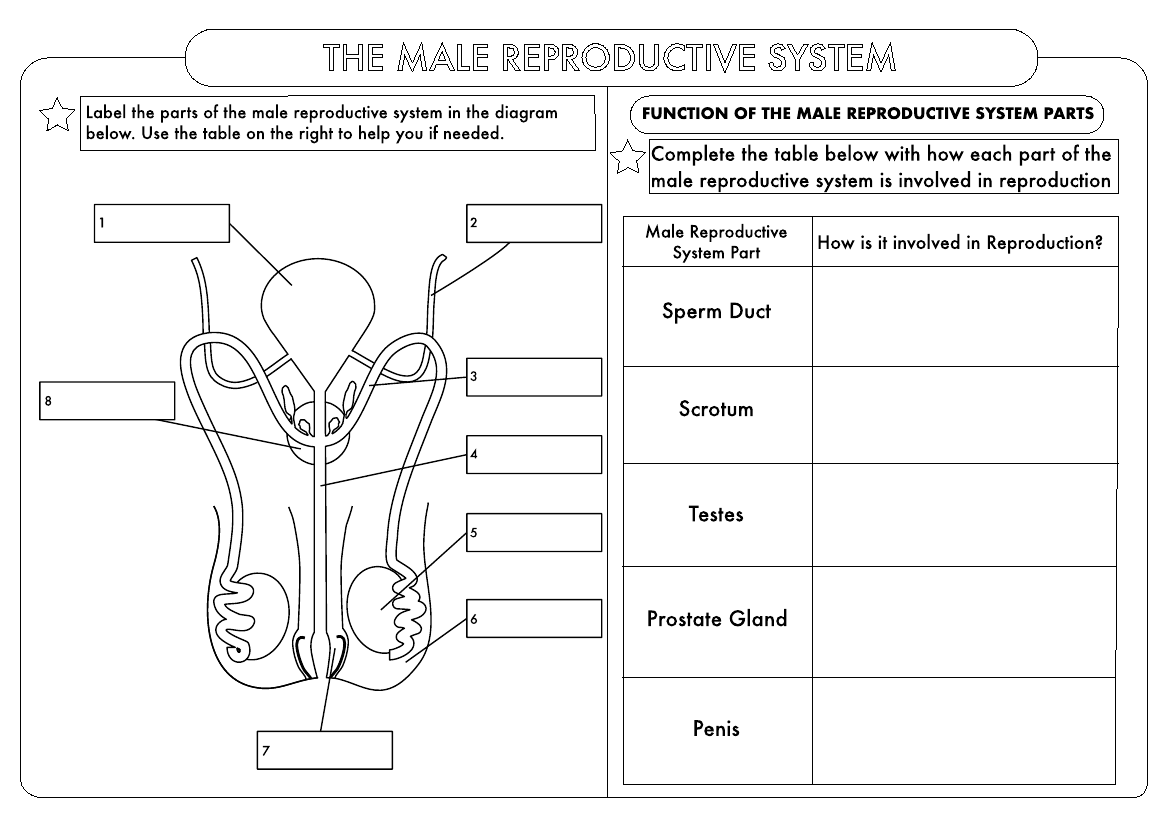
The Importance of Male Reproductive Health Education
Despite its crucial role in human reproduction and overall health, male reproductive health is often overlooked in health education. Improving awareness and understanding of male reproductive anatomy and function is essential for several reasons:
- Promoting better self-care and health-seeking behaviors
- Reducing stigma around male reproductive health issues
- Empowering men to make informed decisions about their sexual and reproductive health
- Encouraging early detection and treatment of potential problems
Comprehensive sex education that includes detailed information about male reproductive health can help young men better understand their bodies and make healthier choices throughout their lives.
The Role of Partners in Male Reproductive Health
Partners can play a significant role in supporting male reproductive health. This can include:
- Encouraging regular health check-ups
- Supporting healthy lifestyle choices
- Being understanding about reproductive health issues
- Participating in family planning decisions
How can partners best support male reproductive health? Open communication, mutual respect, and shared responsibility for sexual and reproductive health can strengthen relationships and improve overall health outcomes for both partners.

Human body | Organs, Systems, Structure, Diagram, & Facts
human body; human anatomy
See all media
- Key People:
- Galen
Andreas Vesalius
Mondino De’ Luzzi
Alcmaeon
Jonathan Miller
- Related Topics:
- human nervous system
human eye
human digestive system
human respiratory system
renal system
See all related content →
Top Questions
What is the chemical composition of the human body?
Chemically, the human body consists mainly of water and organic compounds—i.e., lipids, proteins, carbohydrates, and nucleic acids. The human body is about 60 percent water by weight.
What are the four main types of tissue in the human body?
What are the nine major organ systems in the human body?
The nine major organ systems in the human body are the integumentary system, the musculoskeletal system, the respiratory system, the circulatory system, the digestive system, the excretory system, the nervous system, the endocrine system, and the reproductive system.
human body, the physical substance of the human organism, composed of living cells and extracellular materials and organized into tissues, organs, and systems.
Human anatomy and physiology are treated in many different articles. For detailed discussions of specific tissues, organs, and systems, see human blood; cardiovascular system; digestive system, human; endocrine system, human; renal system; skin; human muscle system; nervous system; reproductive system, human; respiration, human; sensory reception, human; skeletal system, human. For a description of how the body develops, from conception through old age, see aging; growth; prenatal development; human development.
For detailed coverage of the body’s biochemical constituents, see protein; carbohydrate; lipid; nucleic acid; vitamin; and hormone. For information on the structure and function of the cells that constitute the body, see cell.
Many entries describe the body’s major structures.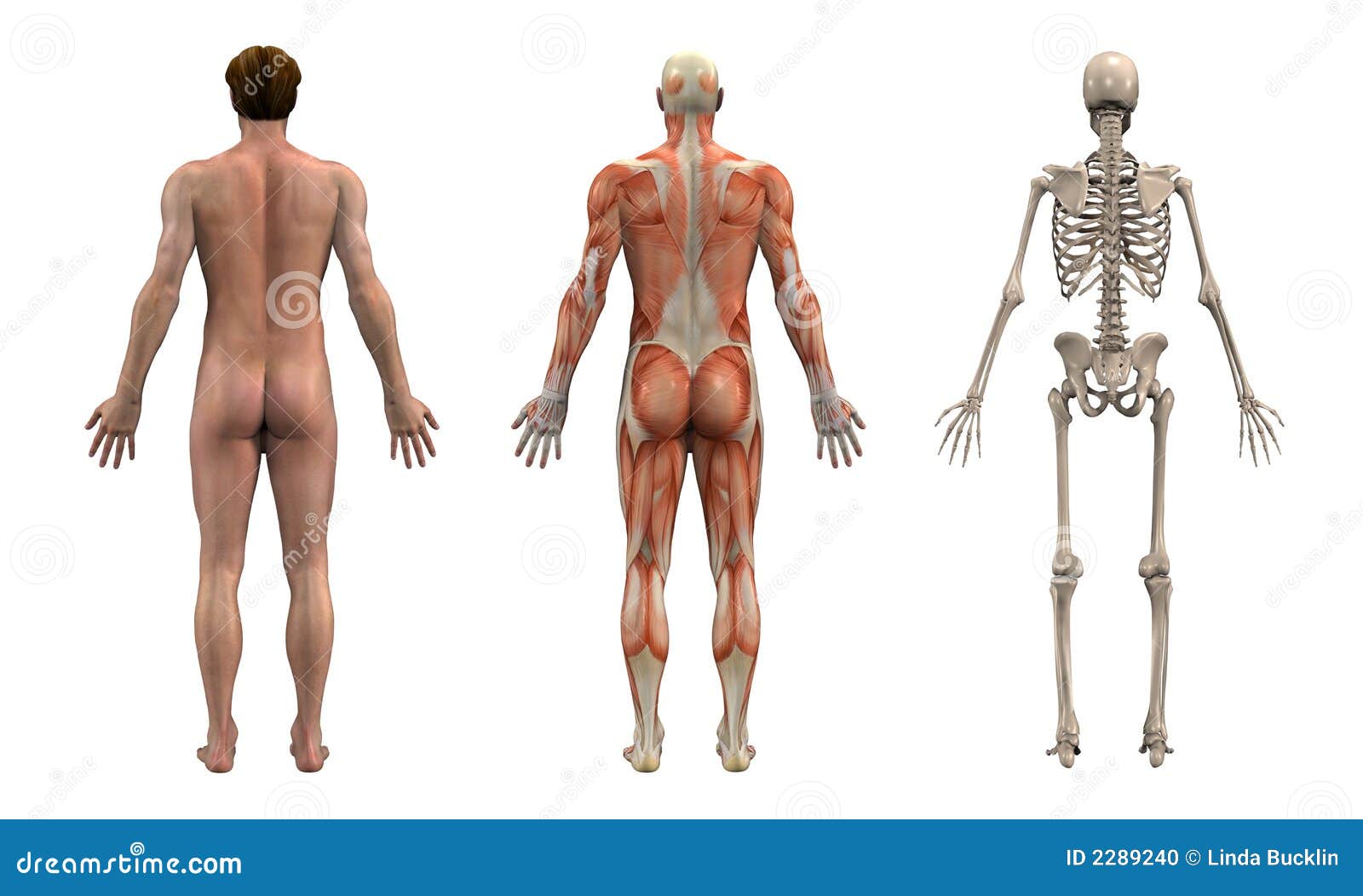 For example, see abdominal cavity; adrenal gland; aorta; bone; brain; ear; eye; heart; kidney; large intestine; lung; nose; ovary; pancreas; pituitary gland; small intestine; spinal cord; spleen; stomach; testis; thymus; thyroid gland; tooth; uterus; vertebral column.
For example, see abdominal cavity; adrenal gland; aorta; bone; brain; ear; eye; heart; kidney; large intestine; lung; nose; ovary; pancreas; pituitary gland; small intestine; spinal cord; spleen; stomach; testis; thymus; thyroid gland; tooth; uterus; vertebral column.
Britannica Quiz
The Human Body
Humans are, of course, animals—more particularly, members of the order Primates in the subphylum Vertebrata of the phylum Chordata. Like all chordates, the human animal has a bilaterally symmetrical body that is characterized at some point during its development by a dorsal supporting rod (the notochord), gill slits in the region of the pharynx, and a hollow dorsal nerve cord. Of these features, the first two are present only during the embryonic stage in the human; the notochord is replaced by the vertebral column, and the pharyngeal gill slits are lost completely. The dorsal nerve cord is the spinal cord in humans; it remains throughout life.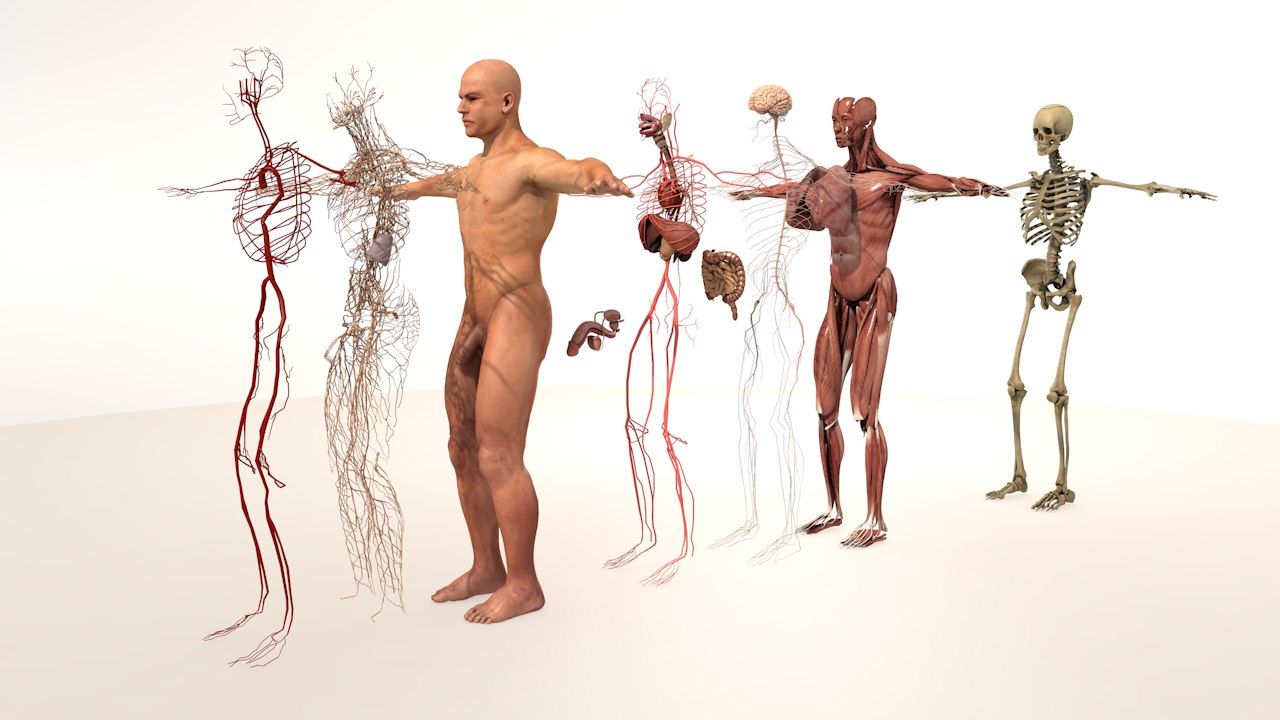
Characteristic of the vertebrate form, the human body has an internal skeleton that includes a backbone of vertebrae. Typical of mammalian structure, the human body shows such characteristics as hair, mammary glands, and highly developed sense organs.
Get a Britannica Premium subscription and gain access to exclusive content.
Subscribe Now
Beyond these similarities, however, lie some profound differences. Among the mammals, only humans have a predominantly two-legged (bipedal) posture, a fact that has greatly modified the general mammalian body plan. (Even the kangaroo, which hops on two legs when moving rapidly, walks on four legs and uses its tail as a “third leg” when standing.) Moreover, the human brain, particularly the neocortex, is far and away the most highly developed in the animal kingdom. As intelligent as are many other mammals—such as chimpanzees and dolphins—none have achieved the intellectual status of the human species.
Chemical composition of the body
Chemically, the human body consists mainly of water and of organic compounds—i.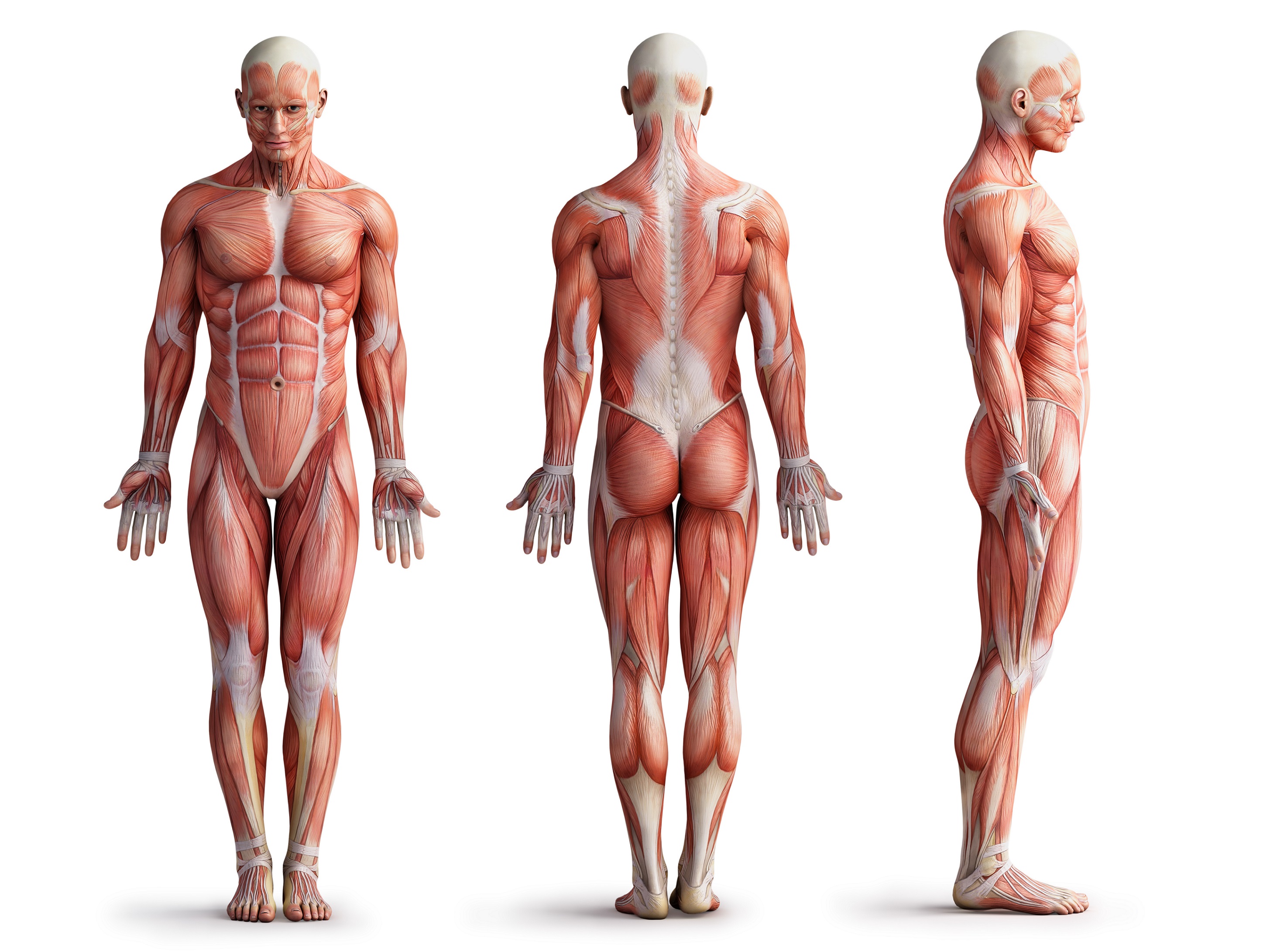 e., lipids, proteins, carbohydrates, and nucleic acids. Water is found in the extracellular fluids of the body (the blood plasma, the lymph, and the interstitial fluid) and within the cells themselves. It serves as a solvent without which the chemistry of life could not take place. The human body is about 60 percent water by weight.
e., lipids, proteins, carbohydrates, and nucleic acids. Water is found in the extracellular fluids of the body (the blood plasma, the lymph, and the interstitial fluid) and within the cells themselves. It serves as a solvent without which the chemistry of life could not take place. The human body is about 60 percent water by weight.
Lipids—chiefly fats, phospholipids, and steroids—are major structural components of the human body. Fats provide an energy reserve for the body, and fat pads also serve as insulation and shock absorbers. Phospholipids and the steroid compound cholesterol are major components of the membrane that surrounds each cell.
Proteins also serve as a major structural component of the body. Like lipids, proteins are an important constituent of the cell membrane. In addition, such extracellular materials as hair and nails are composed of protein. So also is collagen, the fibrous, elastic material that makes up much of the body’s skin, bones, tendons, and ligaments. Proteins also perform numerous functional roles in the body. Particularly important are cellular proteins called enzymes, which catalyze the chemical reactions necessary for life.
Proteins also perform numerous functional roles in the body. Particularly important are cellular proteins called enzymes, which catalyze the chemical reactions necessary for life.
Carbohydrates are present in the human body largely as fuels, either as simple sugars circulating through the bloodstream or as glycogen, a storage compound found in the liver and the muscles. Small amounts of carbohydrates also occur in cell membranes, but, in contrast to plants and many invertebrate animals, humans have little structural carbohydrate in their bodies.
Nucleic acids make up the genetic materials of the body. Deoxyribonucleic acid (DNA) carries the body’s hereditary master code, the instructions according to which each cell operates. It is DNA, passed from parents to offspring, that dictates the inherited characteristics of each individual human. Ribonucleic acid (RNA), of which there are several types, helps carry out the instructions encoded in the DNA.
Along with water and organic compounds, the body’s constituents include various inorganic minerals.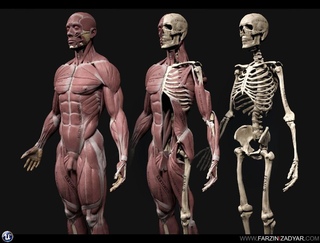 Chief among these are calcium, phosphorus, sodium, magnesium, and iron. Calcium and phosphorus, combined as calcium-phosphate crystals, form a large part of the body’s bones. Calcium is also present as ions in the blood and interstitial fluid, as is sodium. Ions of phosphorus, potassium, and magnesium, on the other hand, are abundant within the intercellular fluid. All of these ions play vital roles in the body’s metabolic processes. Iron is present mainly as part of hemoglobin, the oxygen-carrying pigment of the red blood cells. Other mineral constituents of the body, found in minute but necessary concentrations, include cobalt, copper, iodine, manganese, and zinc.
Chief among these are calcium, phosphorus, sodium, magnesium, and iron. Calcium and phosphorus, combined as calcium-phosphate crystals, form a large part of the body’s bones. Calcium is also present as ions in the blood and interstitial fluid, as is sodium. Ions of phosphorus, potassium, and magnesium, on the other hand, are abundant within the intercellular fluid. All of these ions play vital roles in the body’s metabolic processes. Iron is present mainly as part of hemoglobin, the oxygen-carrying pigment of the red blood cells. Other mineral constituents of the body, found in minute but necessary concentrations, include cobalt, copper, iodine, manganese, and zinc.
Organization of the body
The cell is the basic living unit of the human body—indeed, of all organisms. The human body consists of trillions of cells, each capable of growth, metabolism, response to stimuli, and, with some exceptions, reproduction. Although there are some 200 different types of cells in the body, these can be grouped into four basic classes. These four basic cell types, together with their extracellular materials, form the fundamental tissues of the human body: (1) epithelial tissues, which cover the body’s surface and line the internal organs, body cavities, and passageways; (2) muscle tissues, which are capable of contraction and form the body’s musculature; (3) nerve tissues, which conduct electrical impulses and make up the nervous system; and (4) connective tissues, which are composed of widely spaced cells and large amounts of intercellular matrix and which bind together various body structures. (Bone and blood are considered specialized connective tissues, in which the intercellular matrix is, respectively, hard and liquid.)
These four basic cell types, together with their extracellular materials, form the fundamental tissues of the human body: (1) epithelial tissues, which cover the body’s surface and line the internal organs, body cavities, and passageways; (2) muscle tissues, which are capable of contraction and form the body’s musculature; (3) nerve tissues, which conduct electrical impulses and make up the nervous system; and (4) connective tissues, which are composed of widely spaced cells and large amounts of intercellular matrix and which bind together various body structures. (Bone and blood are considered specialized connective tissues, in which the intercellular matrix is, respectively, hard and liquid.)
The next level of organization in the body is that of the organ. An organ is a group of tissues that constitutes a distinct structural and functional unit. Thus, the heart is an organ composed of all four tissues, whose function is to pump blood throughout the body. Of course, the heart does not function in isolation; it is part of a system composed of blood and blood vessels as well.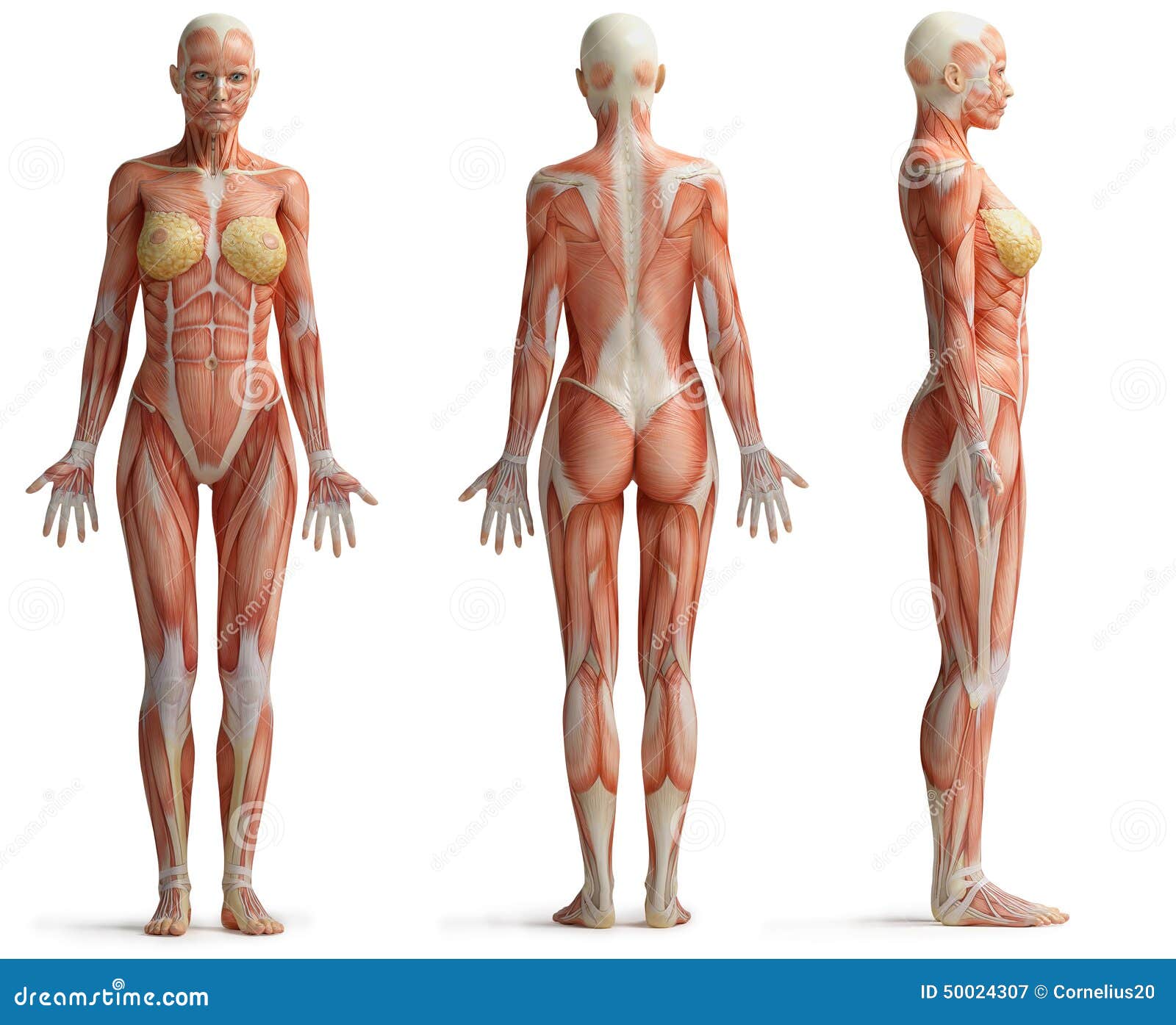 The highest level of body organization, then, is that of the organ system.
The highest level of body organization, then, is that of the organ system.
Learn how a failure in the endocrine system may affect digestive, circulatory, and excretory systems
See all videos for this article
The body includes nine major organ systems, each composed of various organs and tissues that work together as a functional unit. The chief constituents and prime functions of each system are summarized below. (1) The integumentary system, composed of the skin and associated structures, protects the body from invasion by harmful microorganisms and chemicals; it also prevents water loss from the body. (2) The musculoskeletal system (also referred to separately as the muscle system and the skeletal system), composed of the skeletal muscles and bones (with about 206 of the latter in adults), moves the body and protectively houses its internal organs. (3) The respiratory system, composed of the breathing passages, lungs, and muscles of respiration, obtains from the air the oxygen necessary for cellular metabolism; it also returns to the air the carbon dioxide that forms as a waste product of such metabolism.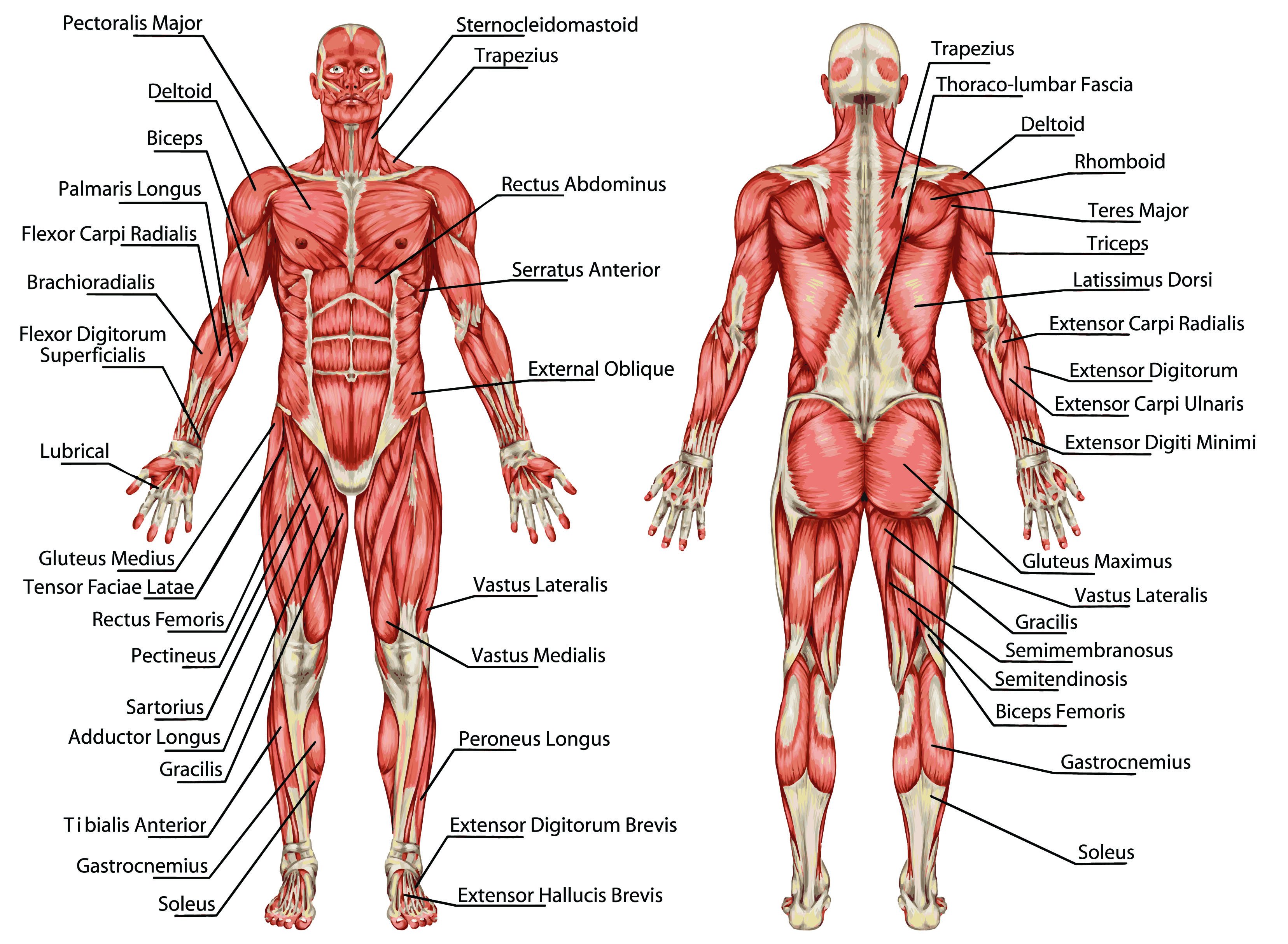 (4) The circulatory system, composed of the heart, blood, and blood vessels, circulates a transport fluid throughout the body, providing the cells with a steady supply of oxygen and nutrients and carrying away waste products such as carbon dioxide and toxic nitrogen compounds. (5) The digestive system, composed of the mouth, esophagus, stomach, and intestines, breaks down food into usable substances (nutrients), which are then absorbed from the blood or lymph; this system also eliminates the unusable or excess portion of the food as fecal matter. (6) The excretory system, composed of the kidneys, ureters, urinary bladder, and urethra, removes toxic nitrogen compounds and other wastes from the blood. (7) The nervous system, composed of the sensory organs, brain, spinal cord, and nerves, transmits, integrates, and analyzes sensory information and carries impulses to effect the appropriate muscular or glandular responses. (8) The endocrine system, composed of the hormone-secreting glands and tissues, provides a chemical communications network for coordinating various body processes.
(4) The circulatory system, composed of the heart, blood, and blood vessels, circulates a transport fluid throughout the body, providing the cells with a steady supply of oxygen and nutrients and carrying away waste products such as carbon dioxide and toxic nitrogen compounds. (5) The digestive system, composed of the mouth, esophagus, stomach, and intestines, breaks down food into usable substances (nutrients), which are then absorbed from the blood or lymph; this system also eliminates the unusable or excess portion of the food as fecal matter. (6) The excretory system, composed of the kidneys, ureters, urinary bladder, and urethra, removes toxic nitrogen compounds and other wastes from the blood. (7) The nervous system, composed of the sensory organs, brain, spinal cord, and nerves, transmits, integrates, and analyzes sensory information and carries impulses to effect the appropriate muscular or glandular responses. (8) The endocrine system, composed of the hormone-secreting glands and tissues, provides a chemical communications network for coordinating various body processes.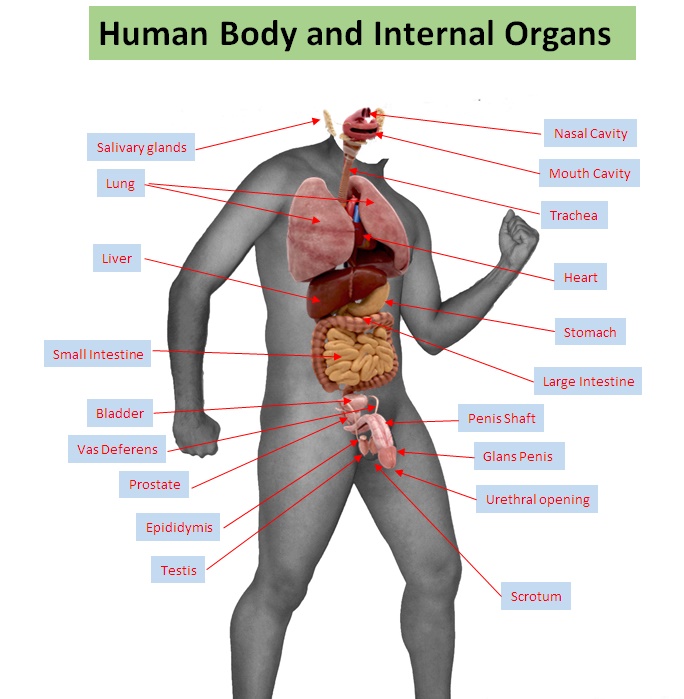 (9) The reproductive system, composed of the male or female sex organs, enables reproduction and thereby ensures the continuation of the species.
(9) The reproductive system, composed of the male or female sex organs, enables reproduction and thereby ensures the continuation of the species.
Male Reproductive Charts
Male Reproductive Charts
Search
Male Reproductive Charts
A detailed anatomical chart of the male reproductive anatomy will lend a new level of detail to your study of the human body. Whether you’re a student just starting out, a teacher educating health class, or a medical professional who wants to present additional information in your office or waiting area, anatomical charts are a great addition to your study. Anatomy Warehouse offers the best in anatomy study, all at the best prices with the best service.
Sort By:
Featured ItemsNewest ItemsBest SellingA to ZZ to ABy ReviewPrice: AscendingPrice: Descending
Products Per Page:
812162040100
Columns:
1
2
3
4
6
0
Add to Cart
Quick view
Male Genital Organs Laminated Anatomy Chart
Rudiger Anatomie
Retail Price
$25. 00
00
Today’s Price
Sale Price
$22.99
The Male Genital Organs chart has over a dozen incredibly detailed illustrations included on it, encapsulating several 3D views, pathologies and functions of the male genital organs. Some of the diagrams included are the inner and outer genital…
Retail Price
$25.00
Today’s Price
Sale Price
$22.99
Add to Cart
Quick viewAdd to Cart
Quick view
Anatomy of the Male Reproductive System Laminated Wall Chart with Digital Download Code
Body Scientific Incorporated
Retail Price
$24. 00
00
Today’s Price
Sale Price
$21.50
This Male Reproductive System chart by Body Scientific International beautifully illustrates a sagittal cross section of the male pelvic area, and provides detailed close up illustrations of the urinary bladder and prostate, zones of the prostate, the…
Retail Price
$24.00
Today’s Price
Sale Price
$21.50
Add to Cart
Quick viewAdd to Cart
Quick view
Anatomy of the Endocrine System Laminated Wall Chart with Digital Download Code
Body Scientific Incorporated
Retail Price
$24. 00
00
Today’s Price
Sale Price
$21.50
Learn all about the endocrine system from this beautifully illustrated Body Scientific International wall chart. Included are the pituitary gland, thyroid gland, hypothalamus and pituitary gland; liver, adrenal gland and kidney; uterus, thymus, bone…
Retail Price
$24.00
Today’s Price
Sale Price
$21.50
Add to Cart
Quick viewAdd to Cart
Quick view
The Male Reproductive System Laminated Anatomical Chart
Anatomical Chart Company
Retail Price
$23. 99
99
Today’s Price
Sale Price
$19.99
The Male Reproductive System Anatomical Chart provides anterior and posterior view of the system. This male reproductive system chart also shows the anatomy of the pelvic organ (oblique section) and cross-section of the penis. The Male Reproductive…
Retail Price
$23.99
Today’s Price
Sale Price
$19.99
Add to Cart
Quick view
404 Page not found
- university
- Manual
- Rectorate
- Appeal to the rector
- Academic Council
- University 90 years old
- Telephone directory
- Documents
- Structure
- University media
- Symbols of BSMU
- Electronic Trust Box
- Comprehensive program for the development of BSMU
- Antiterror
- Information about the educational organization
- Applicant
- Appeal of citizens
- Photo gallery
- Site map
- Video Gallery
- Payment by bank card
- University reorganization
- Calendar of events
- Education
- Educational and Methodological Department
- Practical Skills Center
- Faculties
- Chairs
- Institute of Additional Professional Education
- Admissions Committee
- College of Medicine
- Dean’s office for work with foreign students
- International Affairs Department
- Residency department
- Schedule
- Quality management
- Federal Accreditation Center
- Nizhnevolzhsky Scientific and Educational Medical Cluster
- State final certification
- Primary accreditation
- Primary specialized accreditation
- Internal assessment of the quality of education
- Information for the disabled and persons with disabilities
- Information for students
- I am a professional
- All-Russian Student Olympiad in Surgery with international participation
- Medical inspector
- Online learning
- Social work in the health system
- New educational programs
- Electronic educational library
- Periodic accreditation
- Independent assessment of the quality of education
- Vocational training
- Science and innovation
- Science and universities
- Structure and documents
- Decree of the President of the Russian Federation “On the strategy of scientific and technological development of the Russian Federation”
- Strategy for the development of medical science until 2025
- Research units
- Clinical research and testing, IEC
- Dissertation councils
- Doctorate
- Postgraduate
- BSMU grant policy
- Current grants, scholarships, competitions
- Conferences and forums
- Grants, awards, competitions, conferences for young scientists
- Useful Internet links
- Scientific publications
- Problem scientific committees
- Patent activities
- BSMU in university rankings
- Publication activity
- Research Institute of Cardiology
- Institute of Urology and Clinical Oncology
- BSMU repository
- Eurasian REC
- Medical work
- Clinic of BSMU
- All-Russian Center for Eye and Plastic Surgery
- UV NII GB
- Clinical dental clinic
- Clinical bases
- Medical reports
- Contractual work with clinical bases
- Departments of the BSMU Clinic
- Licenses
- Sanatorium BSMU
- Life of BSMU
- Educational and social work
- Department for cultural work
- Public Relations Department
- Public associations and self-government bodies
- Educational and social work department
- Creative life
- Sports life
- Trade union of students of BSMU
- Trade Union Committee
- Board of curators
- Student Council
- Alumni Association
- The work of museums in the departments
- Graduates of BSMU – veterans of the Great Patriotic War
- Gold fund of BSMU
- Media center
- BSMU – University of Healthy Lifestyle
- Anniversaries
- Life of foreign students of BSMU
- University 90 years old
- University 85 years old
- Celebrating the 75th anniversary of Victory in the Great Patriotic War
- Scientific Library
- Priority 2030
- About the program
- Project office
- Strategic projects
- Mission and strategy
- Digital Pulpit
- Competitions for students
- Reporting
- Media publications
- Development Program
- Scientific seminars for students and scientists of BSMU
- News
Anatomy and physiology of the male reproductive system.
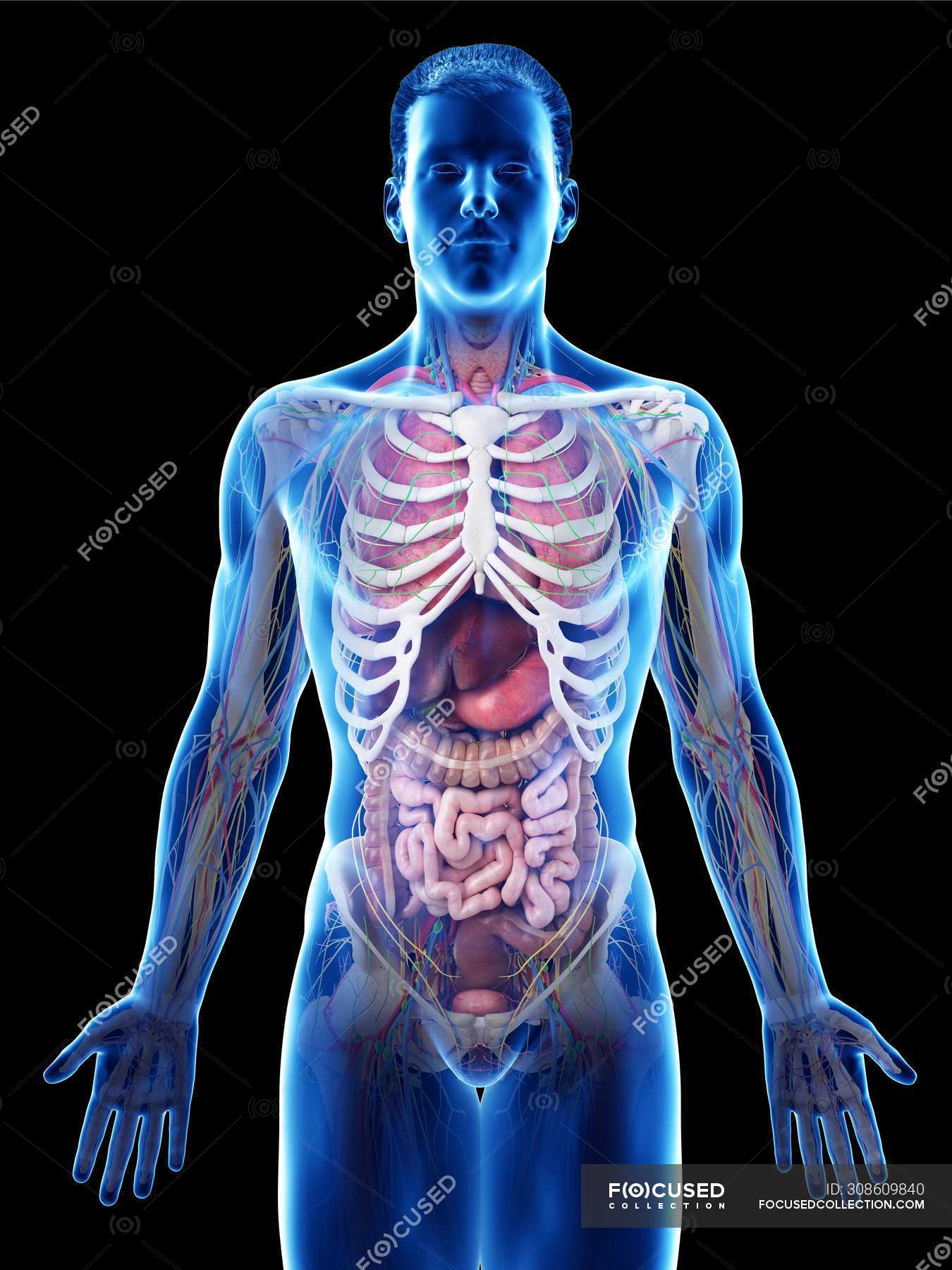 Features of the physiology of men who use drugs
Features of the physiology of men who use drugs
Male reproductive organs
Testicles – two gonads in which male sex cells – spermatozoa – are formed and male sex hormones – androgens are synthesized. The testicles are in the scrotum.
The scrotum has a protective and thermoregulatory function for the testicles. The temperature in the scrotum should be below the temperature of the abdominal cavity, this is important for the normal maturation of spermatozoa.
The penis (penis) performs the function of ejaculation and urination.
The process of maximum excitation of the penis is called erection .
The process of ejaculation is called ejaculation .
Deferent ducts are paired tubular canals that connect each testicle to the penis.
The prostate gland (prostate) secretes a liquid medium in which spermatozoa live.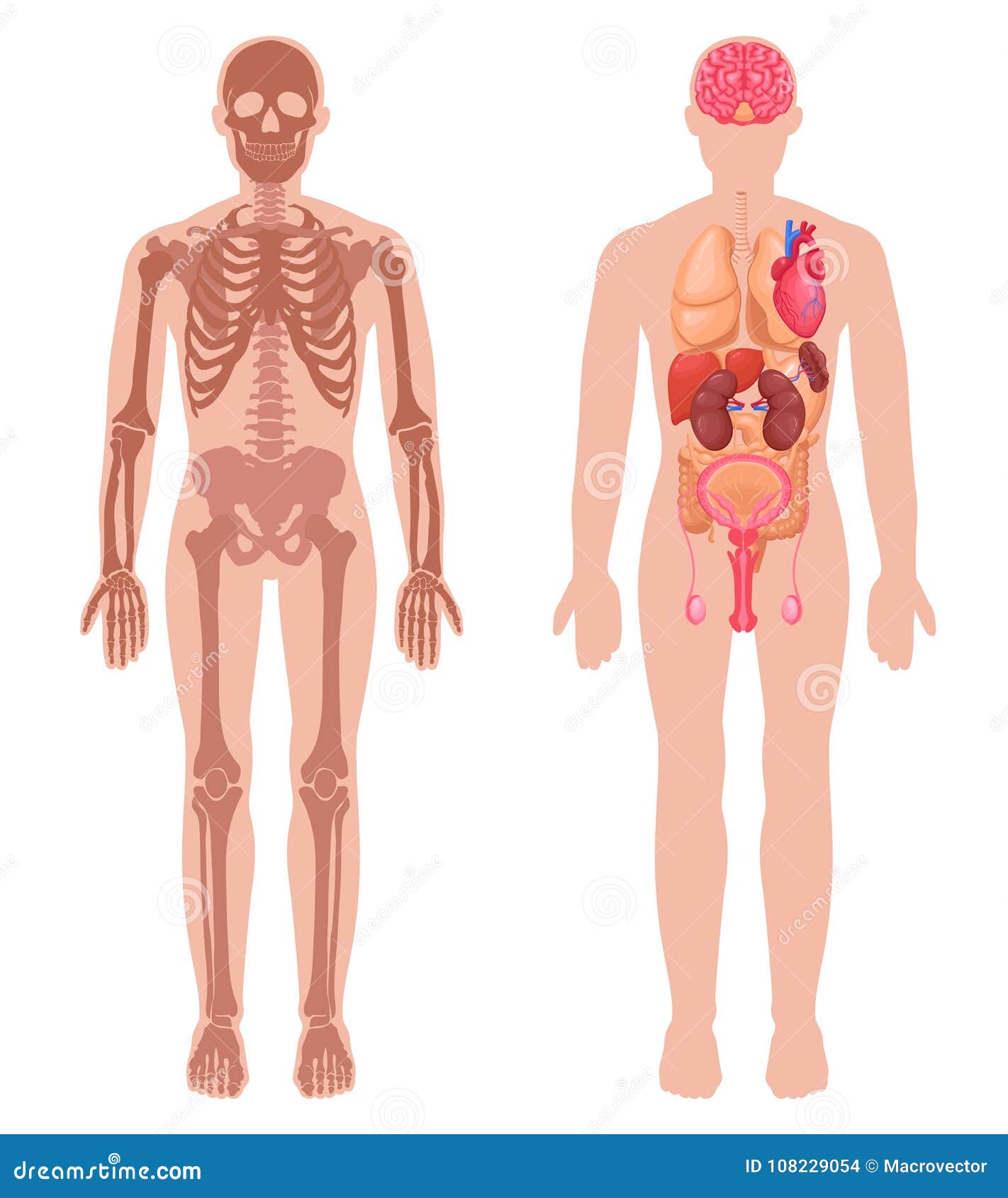 The acidity of healthy sperm is in the alkaline range. The quality of sperm (volume, number of spermatozoa in it: live and dead, active, weakly active and inactive, mobile and immobile, with a normal structure and degenerative), as well as indicators of the inflammatory process, also depends on the state of the prostate.
The acidity of healthy sperm is in the alkaline range. The quality of sperm (volume, number of spermatozoa in it: live and dead, active, weakly active and inactive, mobile and immobile, with a normal structure and degenerative), as well as indicators of the inflammatory process, also depends on the state of the prostate.
Puberty of the male body occurs between the ages of 12 and 18.
First, hair growth begins on the external genitalia. Approximately six months after the appearance of pubic hair, axillary follicles are observed
(physiological limits 12.5 – 16.5 years). At the same age, wet dreams appear.
Pollutions – involuntary eruption of seminal fluid during sleep due to erotic dreams, sleep does not stop. On average, wet dreams occur in adolescents and young men once a week.
The functioning of the male reproductive system is directly regulated by the cerebral cortex – the hypothalamus, pituitary gland and testicles, through their interaction and stimulation of the production of certain hormones.
Features of the physiology of the reproductive system of men who use drugs
Drugs – both opiates and stimulants – disrupt the natural process of production and utilization of dopamine and thus directly affect the interaction between the pituitary and hypothalamus. Craving for the opposite sex is reduced against the background of hormonal and nervous disorders. The amount of male sex hormones (testosterone) in the blood decreases and, as a result, the sexual sensitivity of the skin and mucous membranes sharply decreases.
Drugs such as marijuana, ecstasy, crack, cocaine, amphetamine derivatives and other psychostimulants are believed to increase sexual activity and significantly improve the quality of sex. Indeed, from the very beginning of taking these drugs, there is a rapid increase in sexuality: attraction becomes irresistible, sex becomes more frequent and prolonged, and sexual sensations become more vivid. This action is explained by the fact that most psychostimulants cause direct irritation of the pleasure centers in the brain (pituitary and hypothalamus).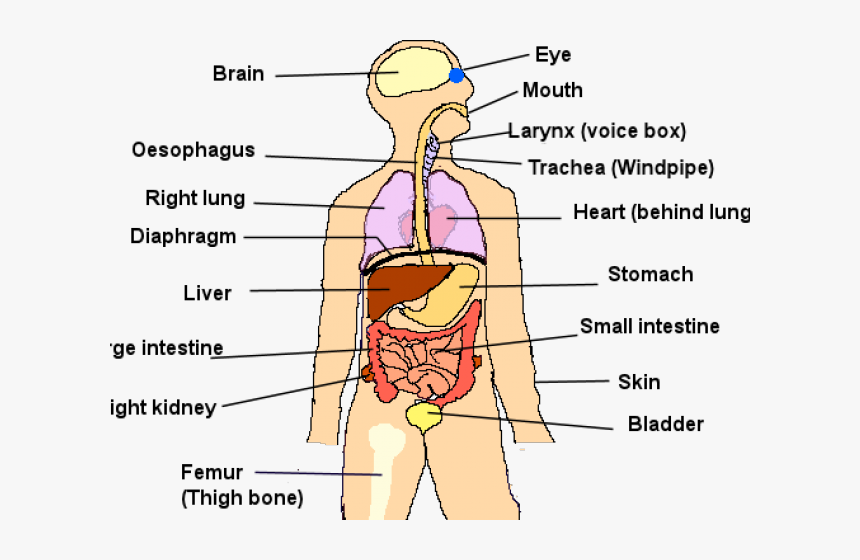 A person who takes “weed”, amphetamines or cocaine briefly becomes a sex giant. However, quite quickly (sometimes after 2-3 months) the constant irritation of the pleasure centers dulls the ability to experience physical pleasure from anything, including sex. Initially, it becomes necessary for a person to have sexual relations only after using the drug. Then sexual abilities fall, sometimes up to complete impotence. In addition, many psychostimulants cause changes in the sex glands. As a result, the level of the male hormone (testosterone) in men after a short rise drops sharply, which in both cases leads to infertility.
A person who takes “weed”, amphetamines or cocaine briefly becomes a sex giant. However, quite quickly (sometimes after 2-3 months) the constant irritation of the pleasure centers dulls the ability to experience physical pleasure from anything, including sex. Initially, it becomes necessary for a person to have sexual relations only after using the drug. Then sexual abilities fall, sometimes up to complete impotence. In addition, many psychostimulants cause changes in the sex glands. As a result, the level of the male hormone (testosterone) in men after a short rise drops sharply, which in both cases leads to infertility.
The toxic effect of drugs on the quality of the spermogram is also important. It reduces the number of mobile healthy spermatozoa and increases the number of immature, deformed samples.
Male fertility
Male fertility is often referred to as “sperm fertility”. Many factors affect male fertility:
- smoking and drinking alcohol;
- anabolic steroids, or rather high dosages of these drugs that do not correspond to the natural physiological daily dosages of testosterone, which is produced by the endocrine glands;
- increased temperature in the testicles (testicles), for example, when visiting a bath or sauna, when wearing tight underwear and out of season clothes;
- lack of vitamin C and zinc;
- overweight;
- exposure to radiation and chemical compounds;
- diseases of the genitourinary system (prostatitis, chlamydia, venereal diseases), complications of childhood infections (mumps, rubella), diabetes mellitus, viral hepatitis;
- lifestyle and physical activities;
- varicocele.

Varicocele – varicose veins of the spermatic cord. Dilated veins contribute to the accumulation of blood, which increases the temperature in the scrotum, and this affects the production of sperm. This is the most common cause of male infertility. Approximately 15 percent of men have this disorder, and most do not know about it. Varicocele is corrected with a minor surgical procedure in which the surgeon occludes the varicose veins.
Glossary for Lesson 4:
Glossary for Lesson 4
Dopamine is an active substance (neurotransmitter) that transmits nerve impulses between parts of the brain responsible for the manifestation of pleasure. The higher the level of dopamine, the brighter the sensations.
Spermogram – analysis of ejaculate (sperm) used in medicine to determine the fertility (fertility) of a man and to identify possible diseases of the reproductive system.
Spermatogenesis is the development of male germ cells (spermatozoa), which occurs under the regulatory influence of hormones.

 00
00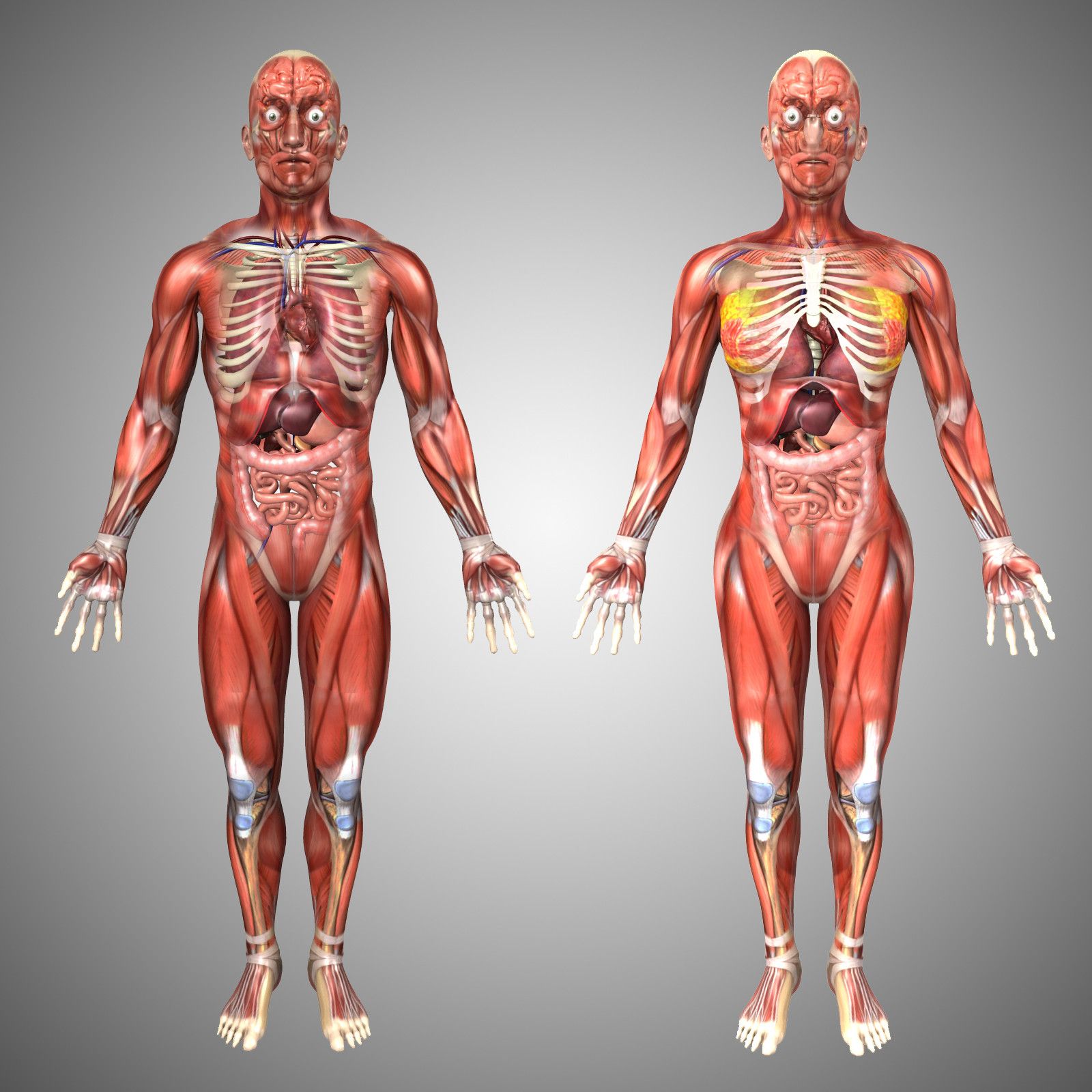 00
00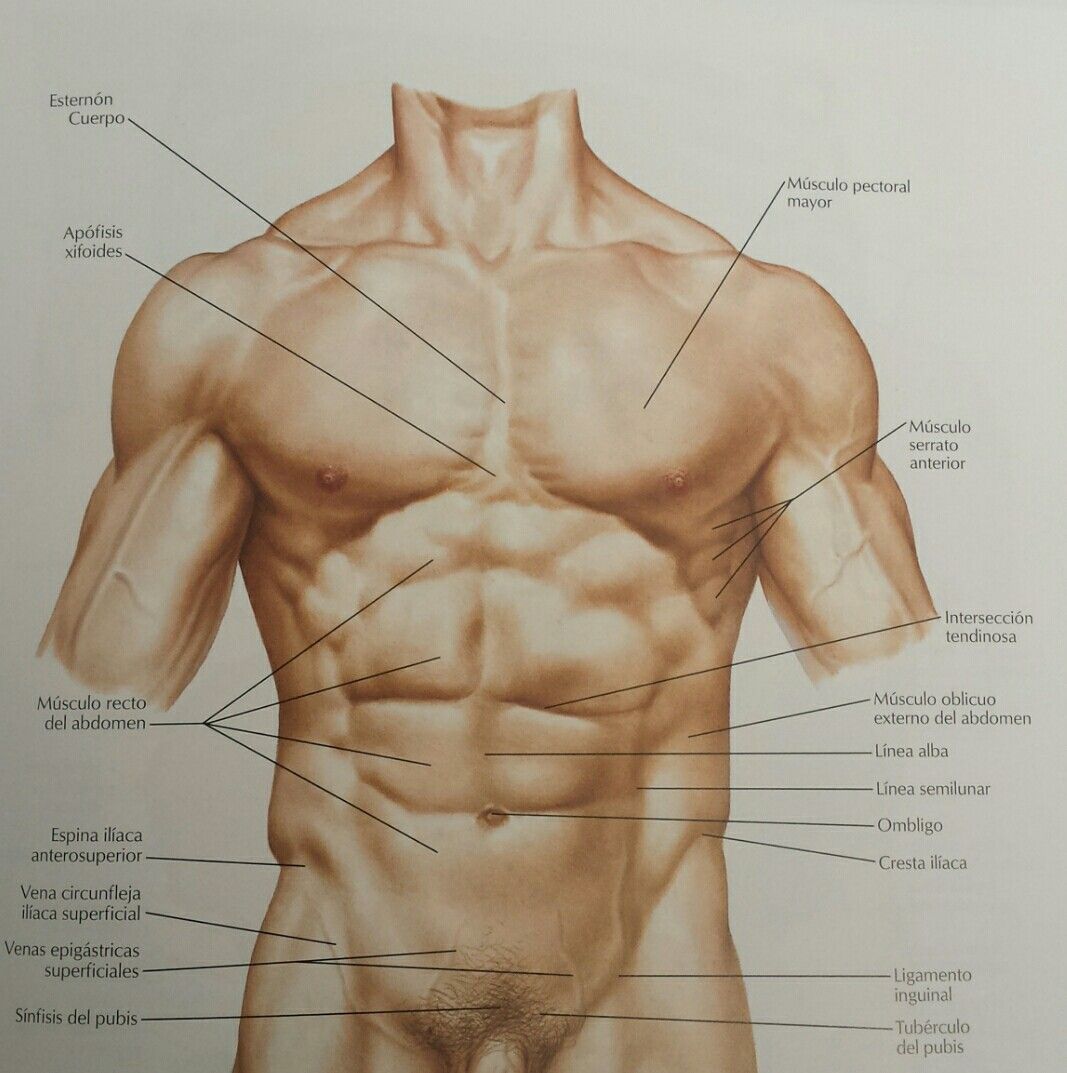 00
00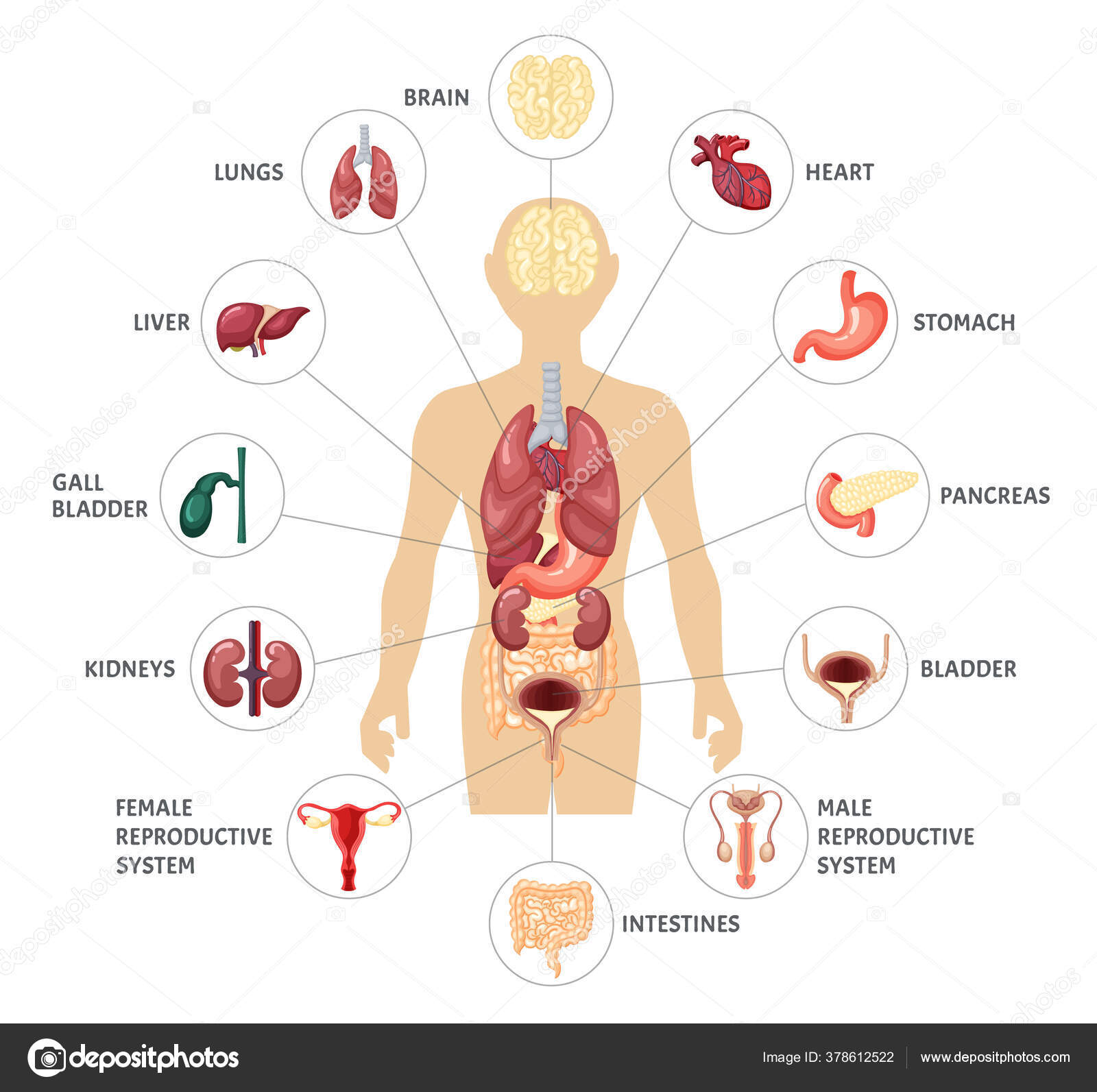 99
99